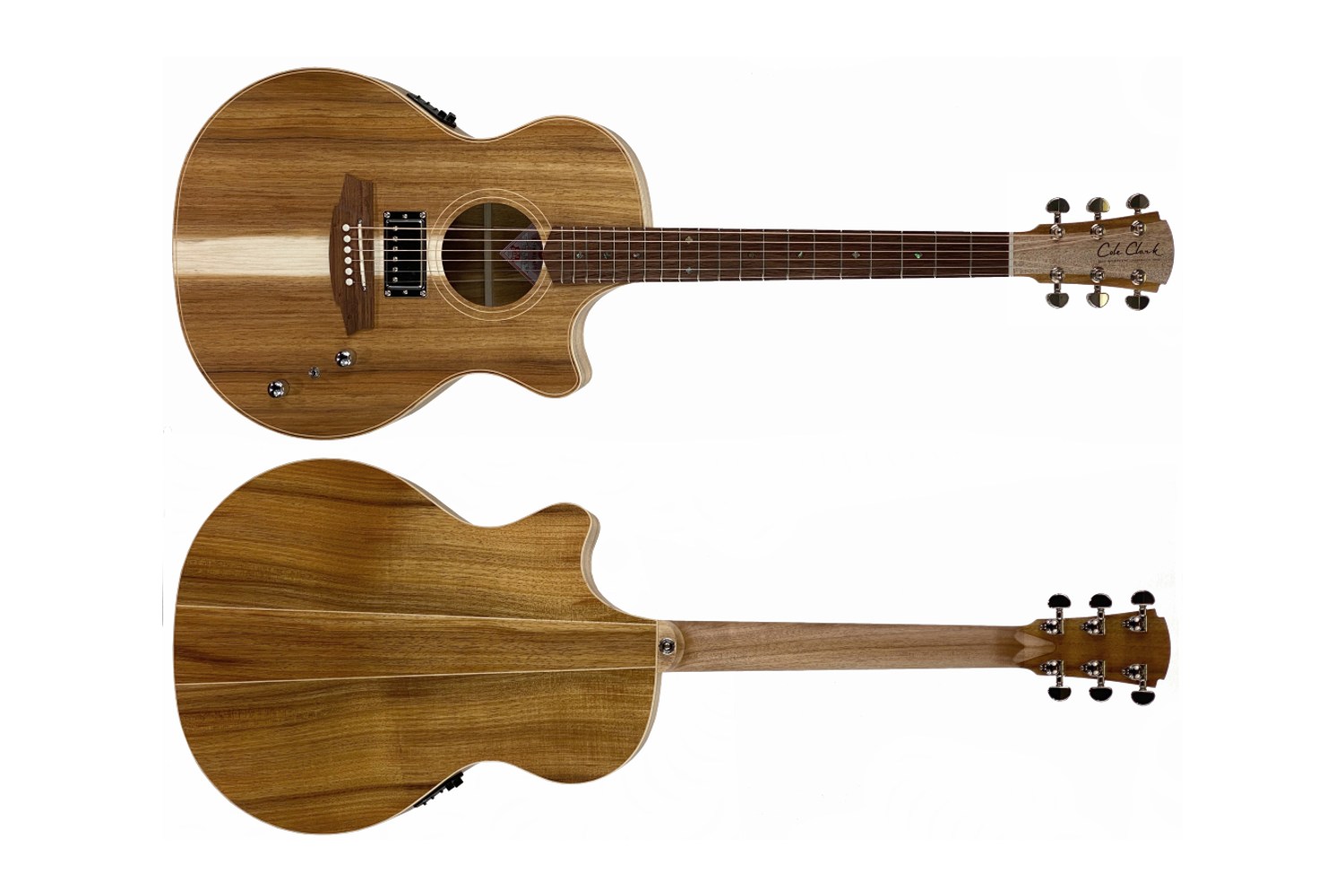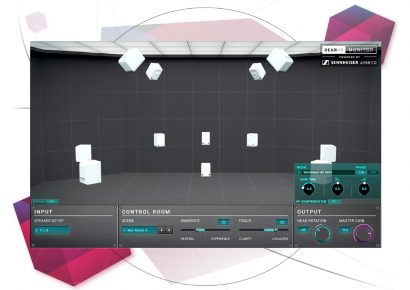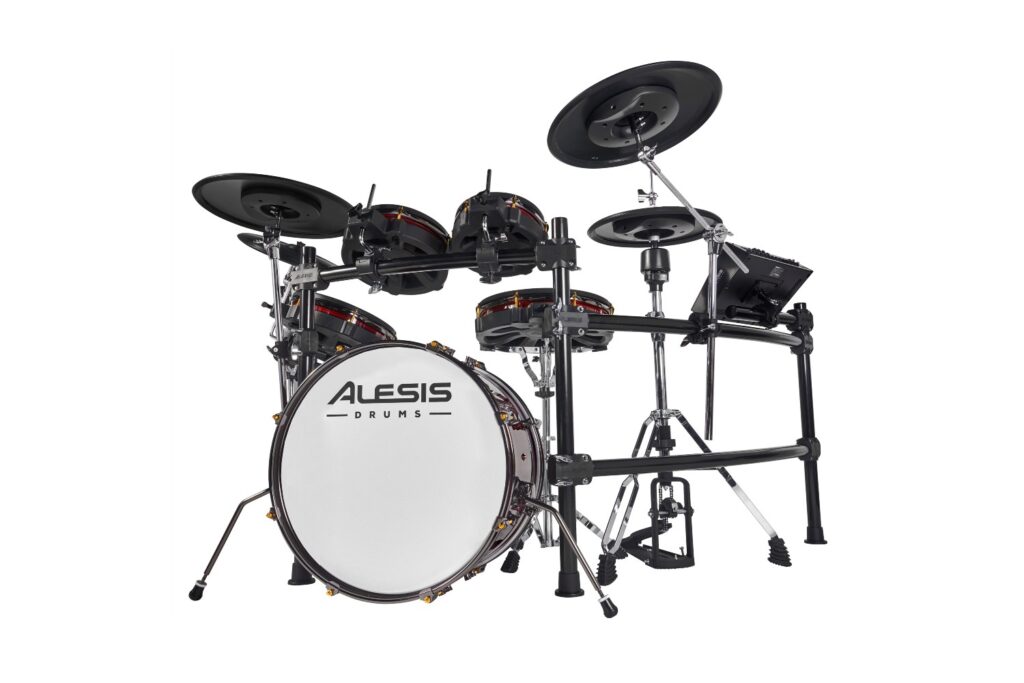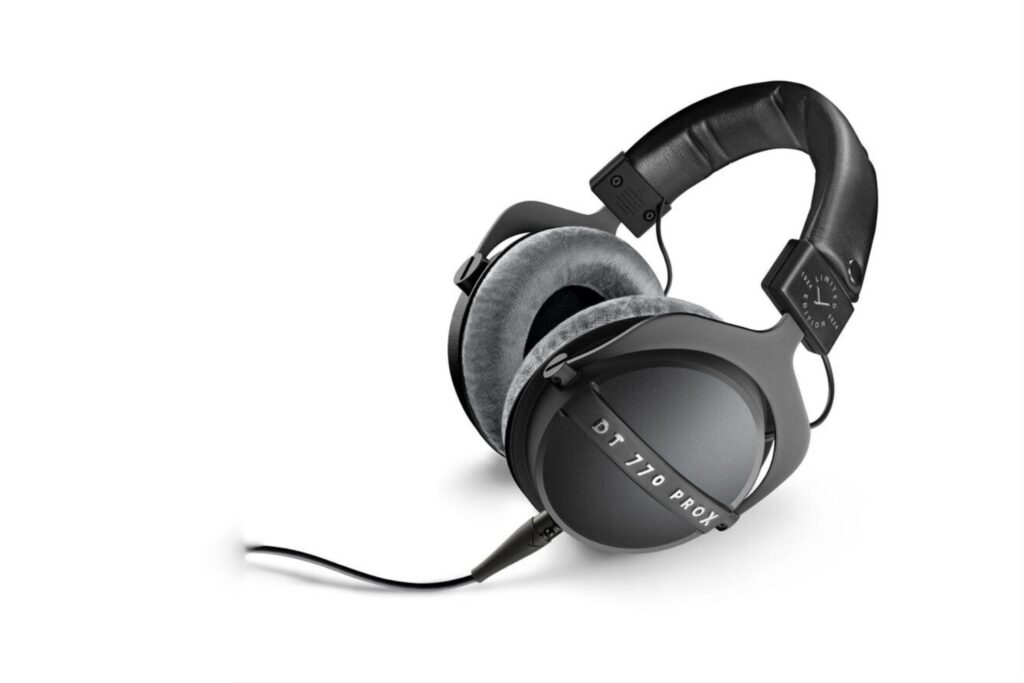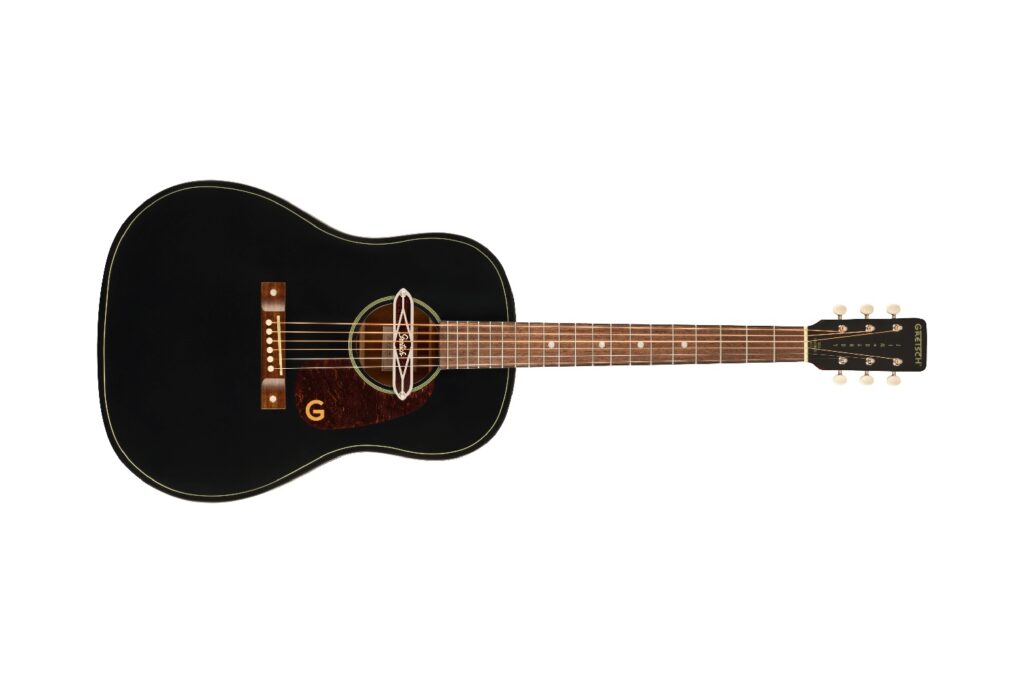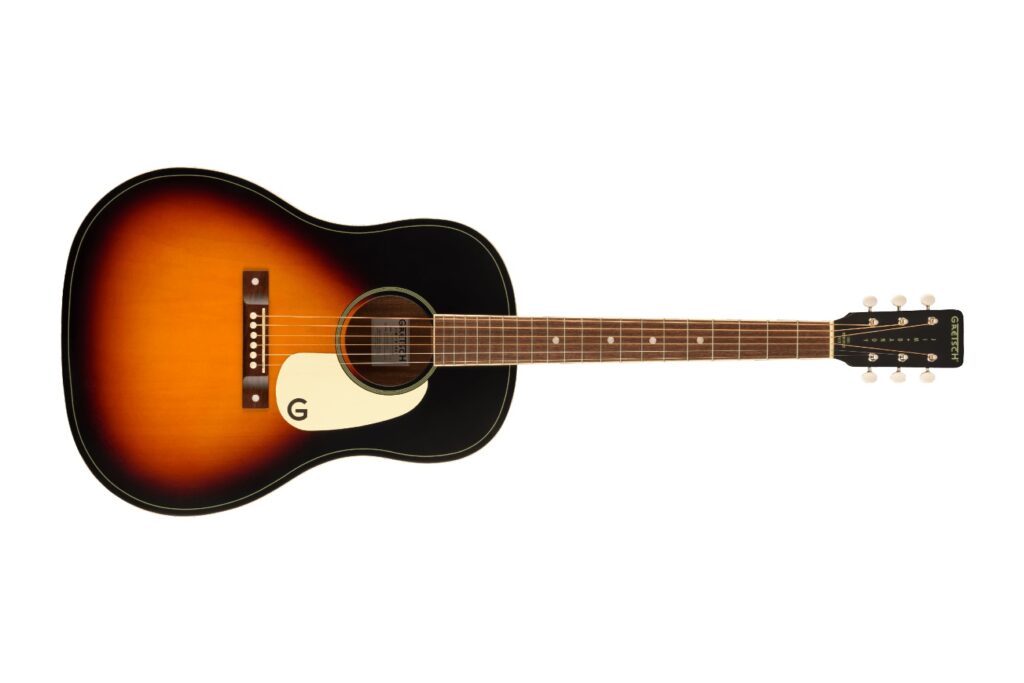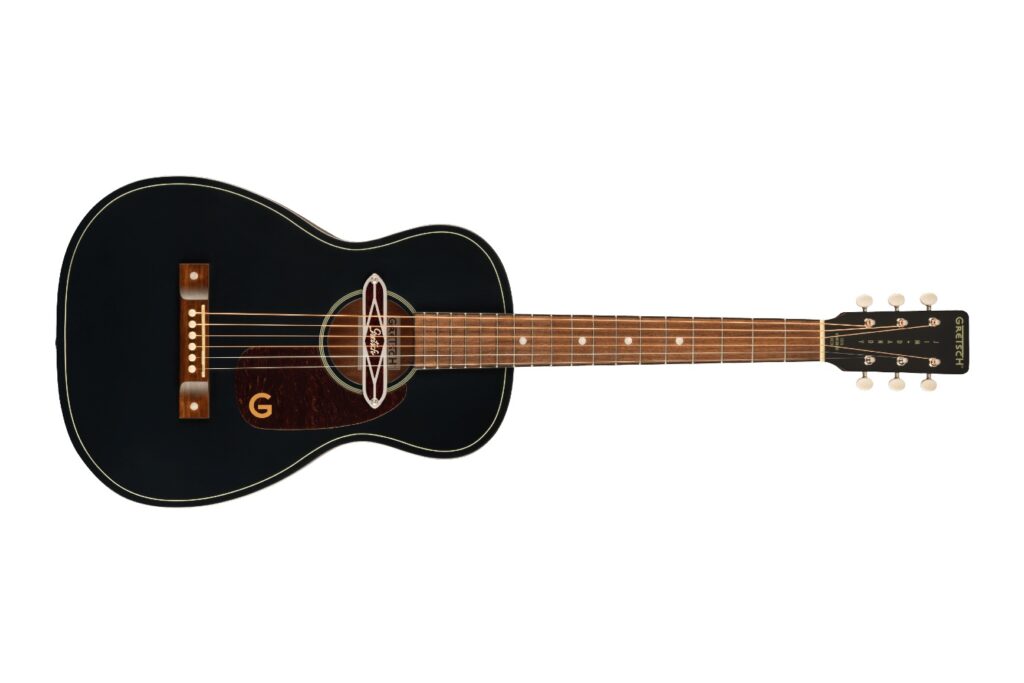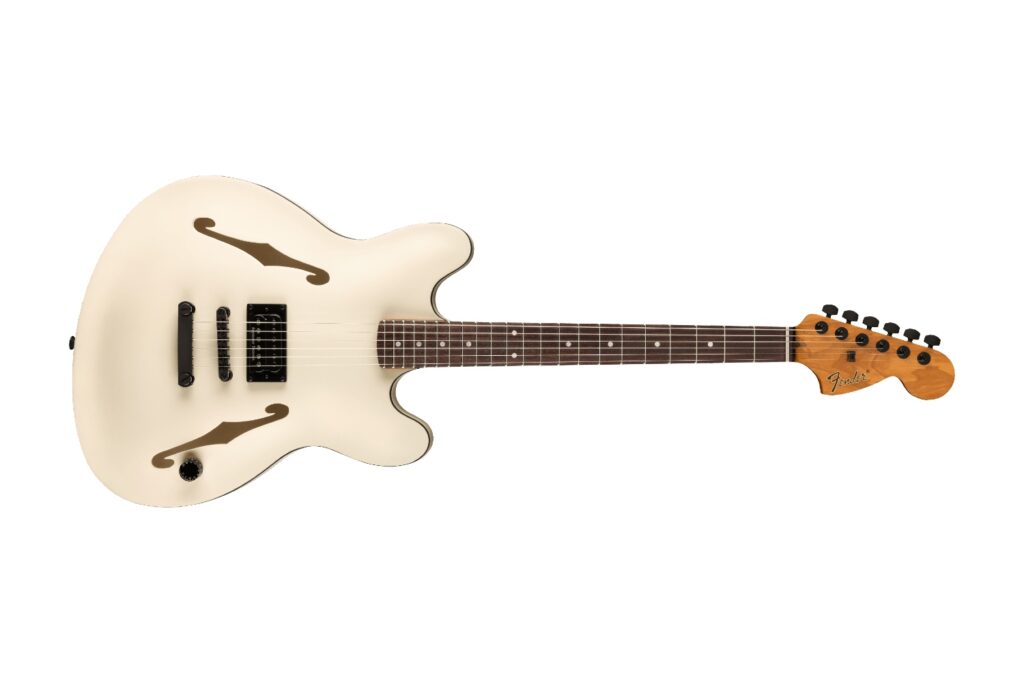Cole Clark | Enquire for pricing
A young bloke walks into a bar. In a break he approaches the player. “How do you get such a pure acoustic tone and raging electric sounds from one guitar?” The player grins. “That’s the CC TL2EC-BLBL-HUM, Grand Auditorium, kid.” “Um, maybe you could write that down for me…?”
New guitar models come into being to solve a problem. This might be as simple as meeting a price-point niche, maybe some added extras to gain a little differentiation on a standard model, or as complex as satisfying a stage performer’s complete acoustic and electric demands in the one guitar, which the Cole Clark model under review is attempting to meet.
Catch up on all the latest music gear reviews here.
The guts of the issue at hand is this: how do you, the solo stage performer maximise your tonal versatility, from dulcet earthy acoustic tones to rockier break up territory and everything in between? Maybe you want an acoustic guitar looped with a seemingly overdriven electric on top, perhaps? In a studio you would just change guitars, right, but live (and often in the same song, no less), you are going to require something with a fair bit of pickup flexibility to get anywhere near that kind of workflow.
The conundrum is these are fundamentally different tones, requiring fundamentally different pickup systems, the likes of which don’t always co-exist as seamlessly as you may hope when mounted in the same body.
A number of major manufacturers have had a stab at this recently but their thinking seems to be around the idea of an essentially electric instrument with an acoustic component, rather than multi-faceted Acoustic with rockier tendencies (and facilitating the potentially differing amplification needs this might entail.)
Melbourne manufacturers Cole Clark on the other hand, have taken the opposite tack: fit out a genuine acoustic guitar with two separate specialised outputs running at once, to maximise playing flexibility and provide the full gamut of differing tones required of the modern performer.
But let’s start at the beginning of the playing experience here: the tweed case. It has five catches! That’s just one example of the close attention to detail Cole Clark has taken with this guitar.
The guitar is a ‘Grand Auditorium’ model with a thinline body and cutaway. Its deep ‘C’-shaped neck immediately feels very comfortable in the hand and the satin finish, cutaway, and excellent set-up means it plays beautifully the length of its 25.5 inch scale. Its unplugged sound is surprisingly loud, very even across the strings and nicely woody. Finger-picking, fairly hard strumming, and single lines all sound lively and focussed as you would expect from a high quality GA.
Speaking of wood, this guitar is a mix of Australian reclaimed timbers: blackwood top, back and sides, and Queensland maple for the neck with a sheoak fretboard and bridge. Beautiful woods they are too, complementing each other in a very unfussy way. The headstock has more colour to provide some contrast. The binding and spare decoration in the purfling and rosette is also inlaid timber, while the fretboard markers give off the glint and colour of the abalone. These reclaimed and sustainable timbers are a big positive for Cole Clark at a time when it has become an important environmental issue for guitar makers, as is their exploration of non-traditional woods. Blackwood is an interesting choice as it’s quite stiff, a thoughtful compromise for an electric/acoustic.
The acoustic amplification is Cole Clark’s rock solid standard 3-way system: bridge piezo, a face/top sensor and an internal mic inside the box. The three elements, all adjustable, are related through their crossover frequencies to compensate for each other’s limitations and abilities, and are topped with a small volume control knob and three-band EQ on the upper bout. It’s certainly one of the most natural-sounding acoustic amplification systems I’ve ever heard. Piezo quack and mic feedback are virtually eliminated. I did find the face sensor could give some handling rustle, but this is really just splitting hairs in all honesty. The acoustic output is also powered by an easily accessible 9V battery, which is conveniently placed, something that is sure to put a smile on the face of any guitar techs who might be reading.
Then we come to the electric engine of this machine, the bridge-position humbucking pickup, particularly tweaked for phosphor-bronze strings. It’s controlled by shiny volume and tone knobs on the guitar face, separated by a switch that selects the humbucker, the acoustic system, or both. On its own, the humbucker offers a modest acoustic tone with the top two unwound strings a little louder than the wound lower four. But that’s almost totally irrelevant: once you add effects, it roars into life. Lifting one of the knobs gives you the option of running in series or parallel for extra flexibility. With an acoustic sound hole there’s not a lot of choices for a pickup position and their thinking was that electric players generally solo on bridge pickups. It’s a fair call.
The way in which the TL2EC-BLBL-HUM lends itself to different amplification is certainly one of it’s strong suits. With the in-built pickup system running clean through a PA or Acoustic amp, it provides full voiced and resonant open chords aplomb, while a simple flick of the toggle and you’re in humbucker-land, providing plenty of gusto and bluesy grit-and all through the same basic signal chain.
Unplugged as well, this is a beautiful guitar and very comfortable over the long periods that any owner will inevitably sit with it. It really is such a pleasure to play, both tonally and in the hand.
As we so often see in the musical instrument industry, it is problems that tend to drive innovation. Given the amount of responsibility placed on the acoustic guitar in the modern musical context, from acoustic cover work, to original loop pedal shenanigans and everything in between-never before have guitarists required as much breadth of tone as they do right now. For the gigging musician who needs both acoustic and electric sounds from the one guitar this is a terrific solution. The only problem left for Cole Clark to solve? Well, CC TL2EC-BLBL-HUM, Grand Auditorium doesn’t exactly roll off the tongue.
For more information, head to Cole Clark’s website.
